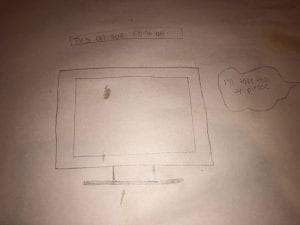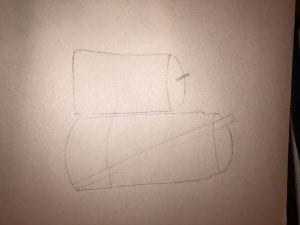- Who are the subjects in Elle’s photos? How do they choose their subjects?
- LGBT youth who refuse to be forgotten, Wrestlers depicting intimate moments, emotional exchanges, and visceral details of their subjects and landscapes.
- What does Elle point out as important in a portrait? How does this deviate from typical ideas around what a portrait is?
- , proximity to detail, geography, she often uses collaborative work
- How does Elle connect their identity as a queer artist with the way they make work?
- undefinable and breaks boundaries
Minerva Cuevas
- How does Cuevas expand the definition of drawing in her work?
- is the research she does
- In what ways does she shift typical ideas around political activism and social change?
- she is an artist as an activist, she stays out of politics and just fights for what is right and expresses problems through her art.
- How does her work open up ideas for you about your own civic engagement? Do you find yourself agreeing with her or wanting to challenge her ideas?
- I agree with her work and how she doesn’t get swept up in the political aspects of things rather she shows right and wrong
Why does it resonate with you? How is this artist challenging norms or typical narratives in their work? (Mike Kelly) I like how his work isn’t the best looking and a lot of his work looks toward so called folk art and lower mass culture. Things look out of place. it really makes me feel better about my artwork because even if it isn’t the most talented piece it is all artwork and there are a successful artist but you don’t have to be the most talented.
- How have your ideas changed around what drawing is/can be? If so, explain.
- I used to think to make a drawing or a piece of art “good” it had to be perfect and look really good, but I am not an artist and my work wouldn’t be considered the best, but after seeing this artist it made me realize art is art if doesn’t matter what it looks like.
- What has been the most challenging part of the class?
- seeing other people’s perfect drawings and then looking at mine and realizing mine don’t look as good or trying to draw something and having it look not like the object I’m trying to draw.
- What aspect/assignment/part of the class has been the most relevant to you/your life?
- Researching artists and seeing that being an artist is so much more than making art it’s telling a story, and having a deeper meaning.
- What aspect/assignment/part of the class has been the least relevant to you/your life?
- I would say drawing a landscape or still lifes I would not draw unless I am in an art class, but the art I like to do is more abstract and more art that when you mess up it makes it look even better.
- Where do you want to most improve in your drawings going forward (can be in terms of technique, concentration, understanding of art, anything)?
- Making them more realistic, but at the same time being proud of whatever I put on the paper and not comparing my drawings to other peoples make me think my drawings aren’t good enough.









